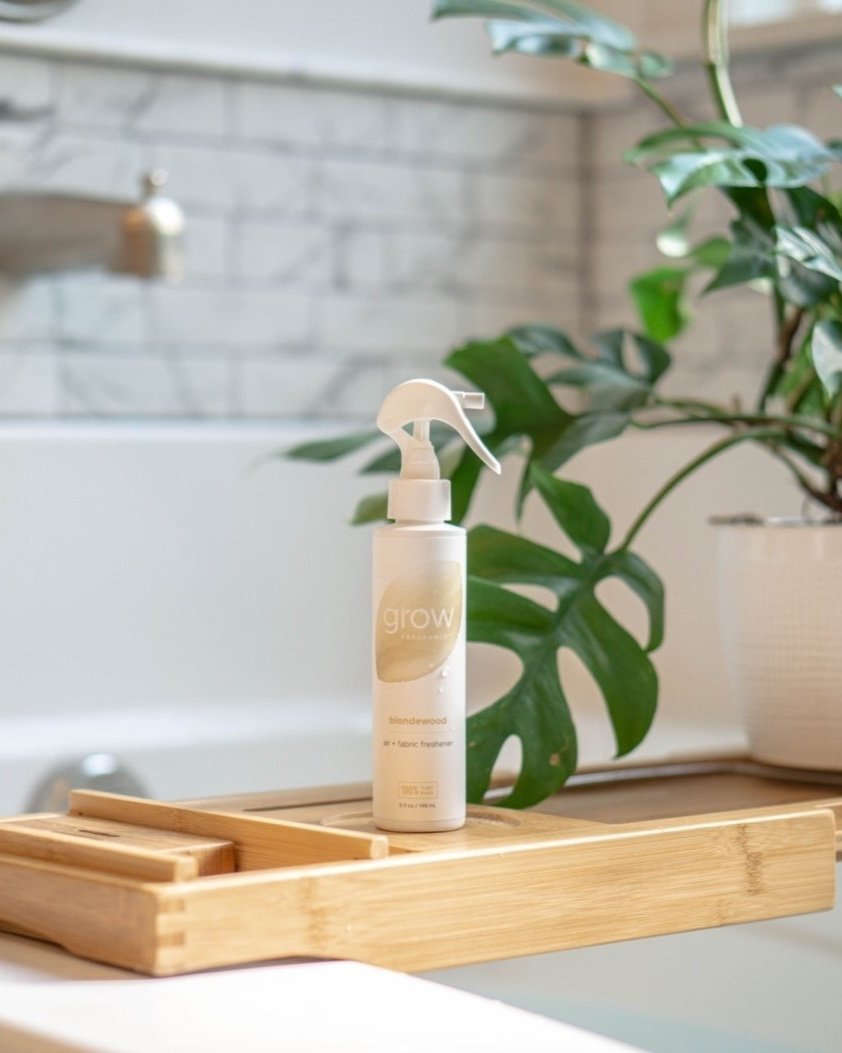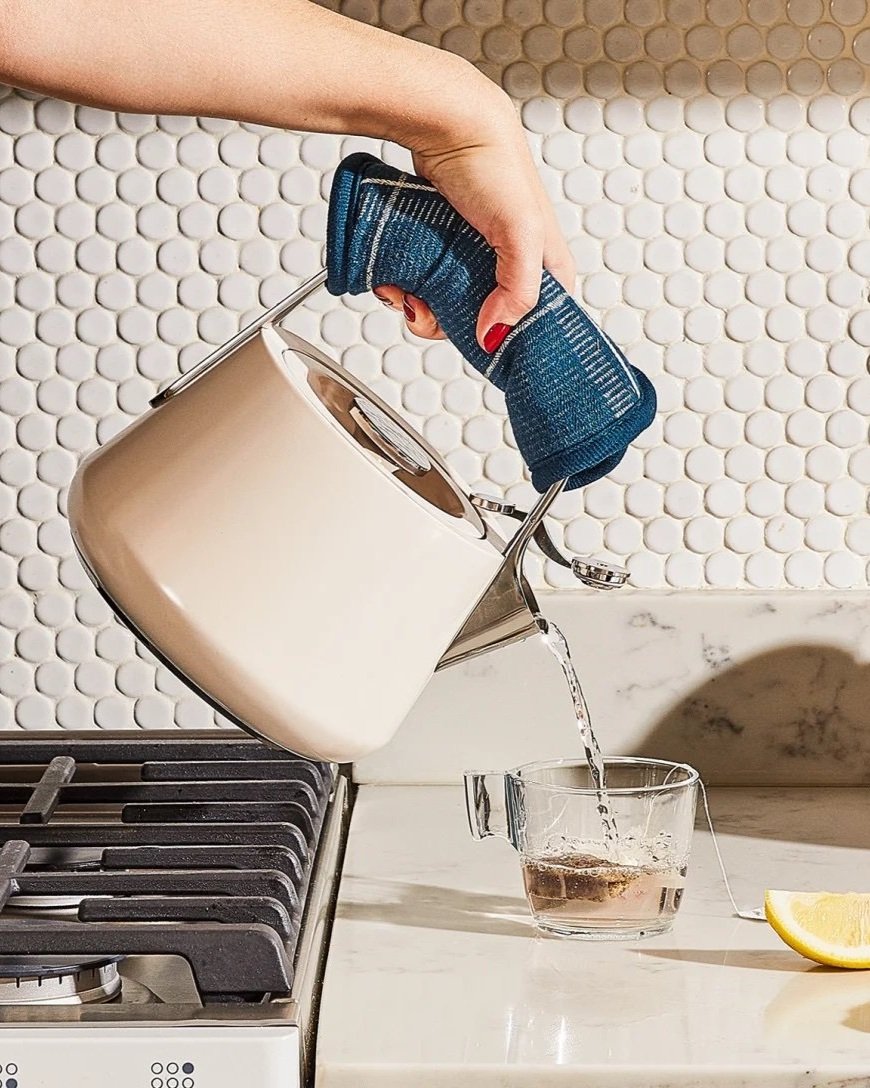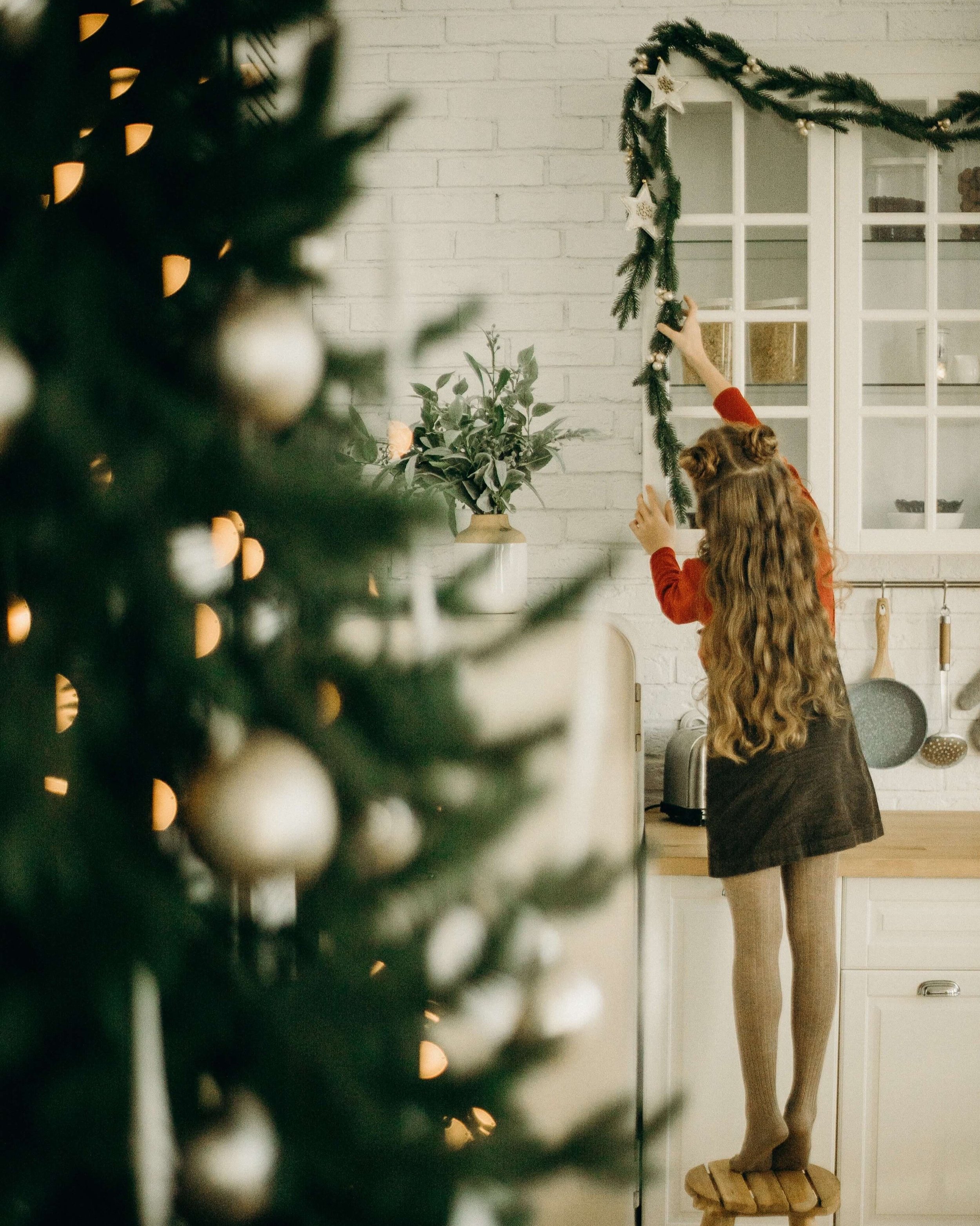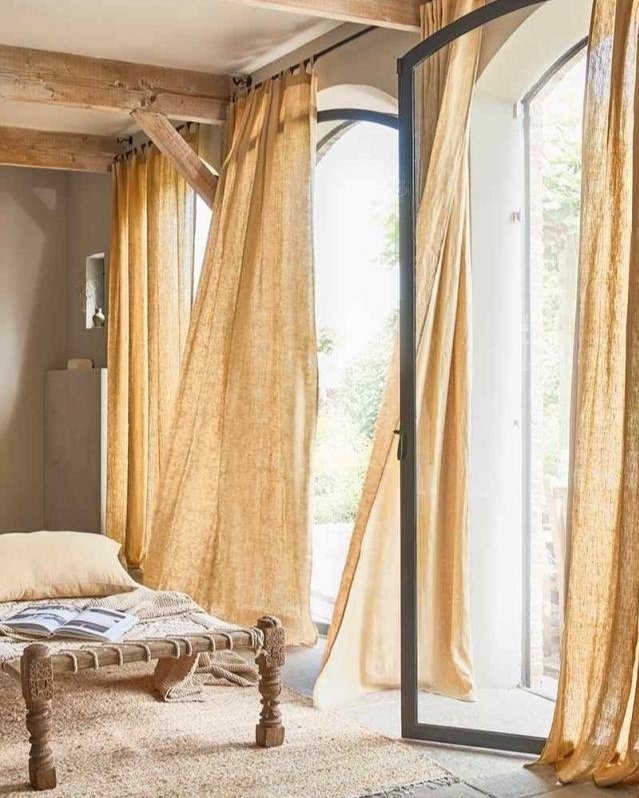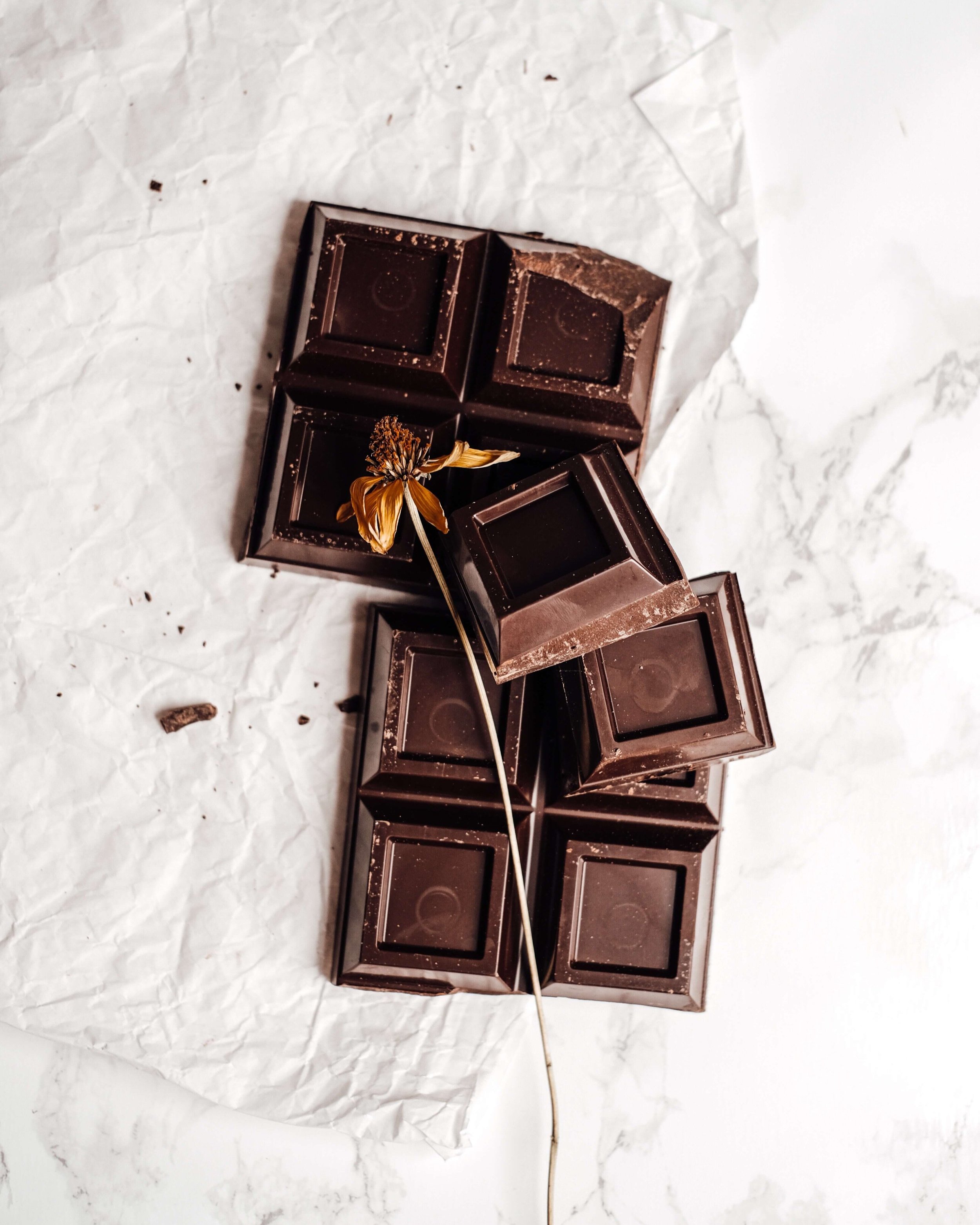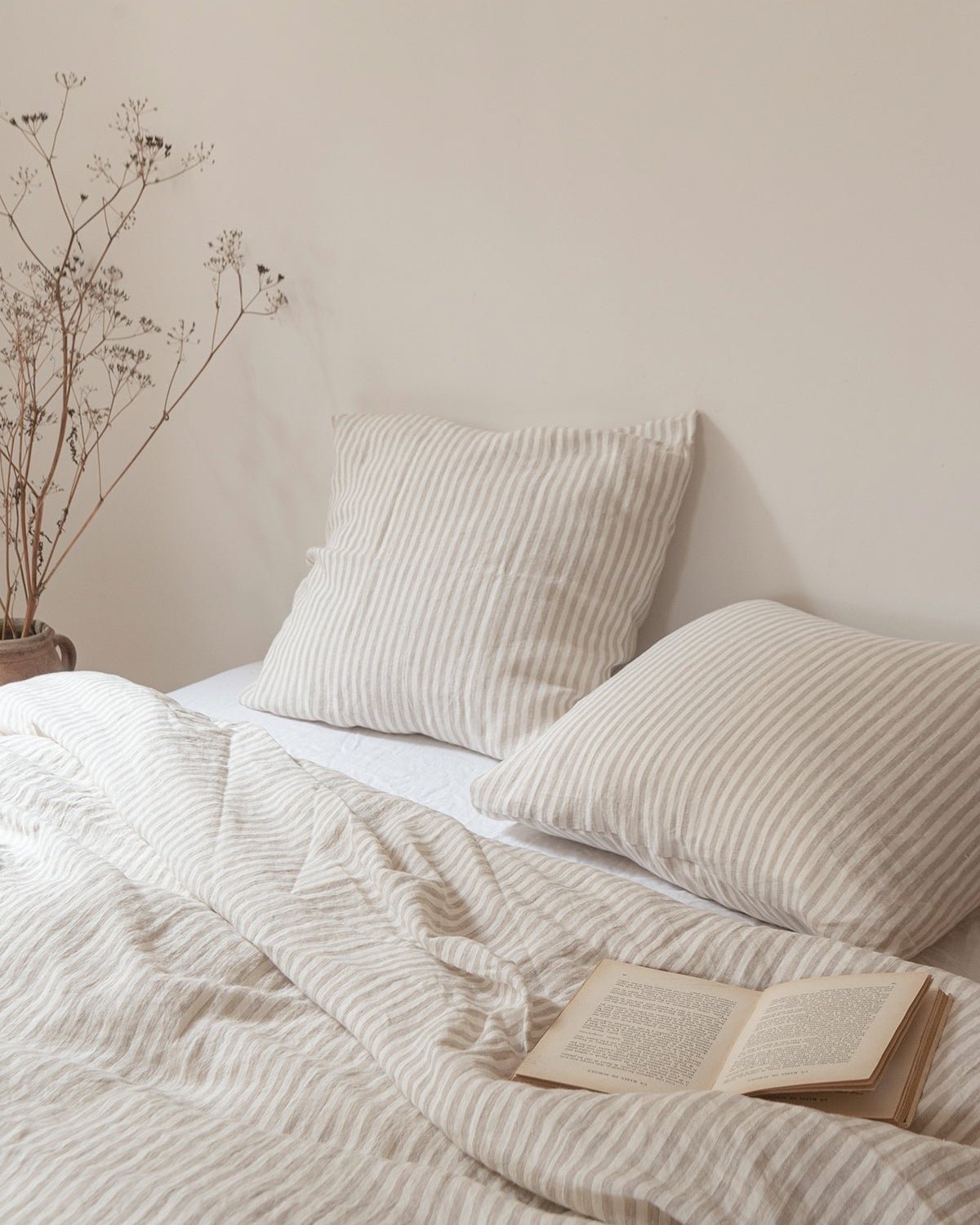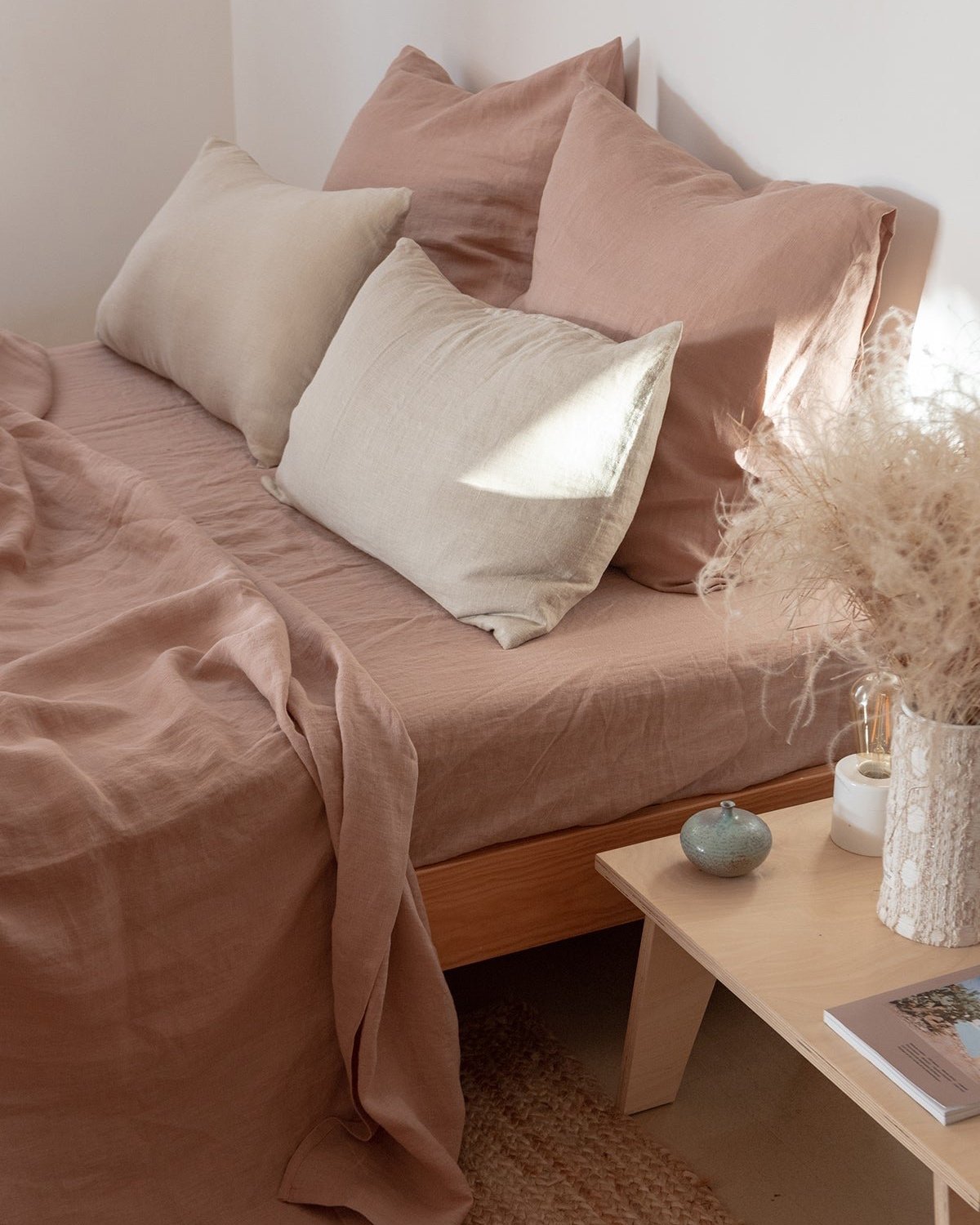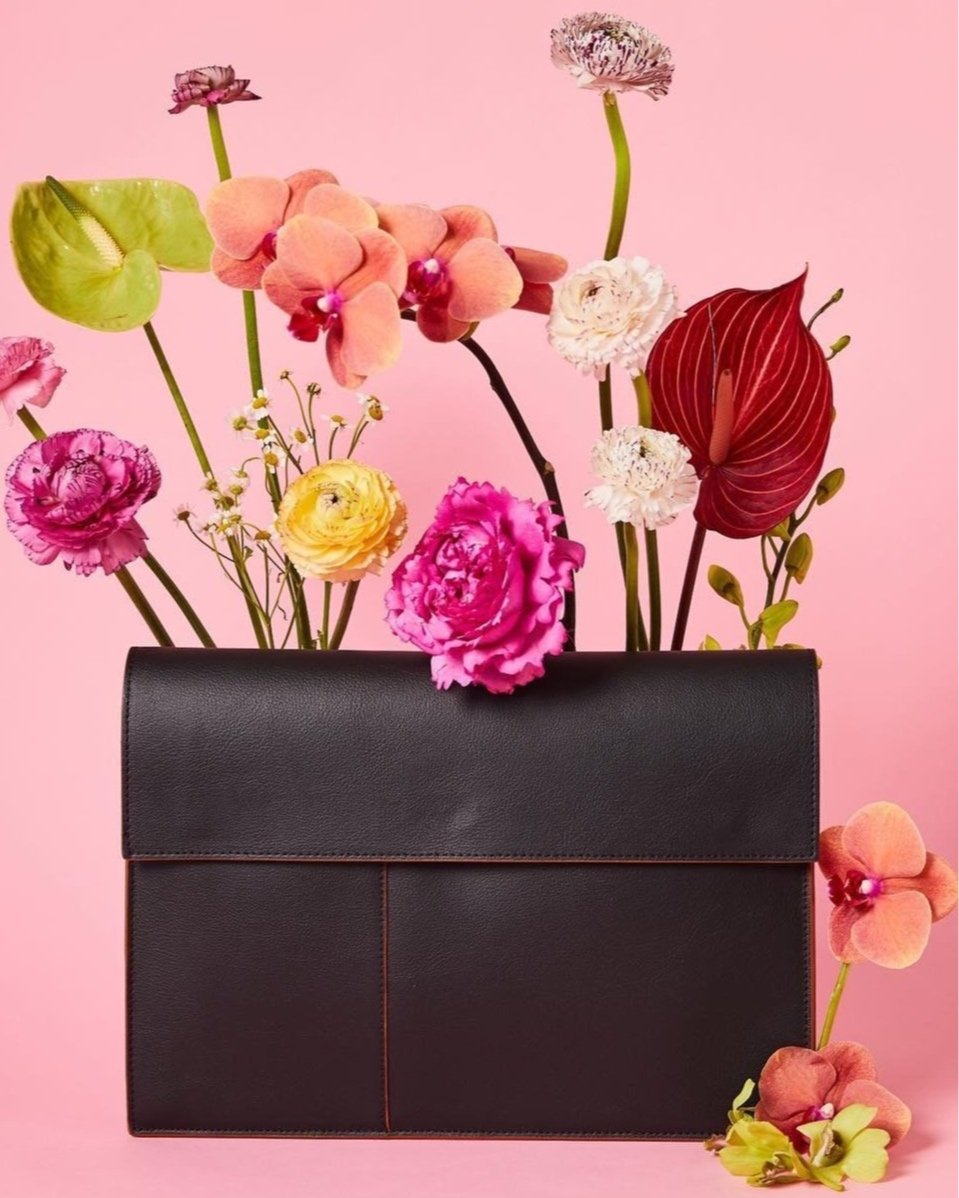Sustainable Living Tips: Composting At Home
Composting at home
Messy, complicated, and smelly - we can’t lie, we’ve all had these thoughts when we think about composting at home. But it doesn’t have to be that way! We have some ideas that will make incorporating composting into your daily routines a breeze - and yes, this is possible even if you live in a city like NYC!
First up - why bother composting? Composting reduces the amount of household waste that eventually ends up in landfills or combustion sites - when this organic waste decomposes in landfills, it releases a ton of methane, one of the most potent greenhouse gases. Burning waste at combustion facilities releases CO2, another greenhouse gas. Secondly, it feeds your plants and keeps your gardens (or indoor plants) happy, nourished, and blooming.
There’s a few different ways to compost - starting with lowest lift to most intense!
If you have no outdoor space at all and aren’t able to compost at home (or are a beginner and want to start with baby steps), you can collect and drop off your weekly organic waste at your nearest city compost drop offlocation (NYC, LA, and Chicago all have compost services!). Hot tip: Store your waste in a plastic bag in the freezer if you’re worried about the smell! Definitely review your local compost rules on what they accept and don’t, but the general guidelines we outline below should apply to most sites.
Create a super compost. If you’re limited by space, we highly recommend this mini compost/fertilizer which you can set up on your balcony or a smaller outdoor space. It contains a blend of the most fertile matter that decomposes faster than regular compost, making it a highly nutritious superfood that your plants will absolutely LOVE - but heads up, this one does smell a bit, so make sure you’re using a tightly sealed bucket or bin! Just add crushed egg shells, coffee grounds and tea leaves (but make sure there’s no dairy, sugar, or anything else in the mix), and onion and banana peels (chop up the peels for faster results) to the bucket, soak in water for a week and you’re good to go! This mix will be pretty runny so you can pour a tiny bit into your garden or pots.
If it’s in your budget, Mill’s Food Recycler creates nutrient-rich grounds for your garden overnight!!
If you have the luxury of a backyard or any large outdoor space, you can set up a whole home compost setup. You can go down either the hot or cold composting routes. For cold composting, all you need to do is start collecting your organic waste in a pile or a bin - this can take up to a year to decompose. Hot composting is quicker (3-6 months), but requires a little more attention - you’ll need to periodically add water to your compost and give it a nice stir. If you want to go all out - add some worms for vermicomposting!
Things you can compost:
A general guidance for a healthy home compost is the right mix of greens, browns, water, and oxygen. Greens are your source of nitrogen, and include food waste (fruit and veggie peels, coffee, tea, stale bread, egg shells), fresh grass, weeds, or plant clippings, or fresh manure. Think fresh, moist waste. Browns are the carbon source - think dry product that provides structure and bulk to your compost and prevents it from getting too wet and smelly. This includes wood chips, dry leaves or weeds, and shredded paper. Typically, we recommend three parts brown to one part green, but see how your compost is doing and adjust as needed (add more brown if it’s starting to feel too wet or smelly, or green and water if it gets too dry).
Things you cannot compost:
Any animal products - this includes leftover meat, bones, milk, or cheeses. This can attract rodents or other bugs and is not a good idea to include in your home composts.
Cooked leftovers - oily or fatty foods don’t do well in the compost and anything cooked in oil or butter is a no-go.
Shiny or glossy paper
Definitely also stay away from pet droppings as these can carry diseases that you don’t want spreading!
Compostable bags or cutlery - these may work for industrial compost facilities but generally don’t do well in home composts
How to use your compost
You know your compost is good to go once it’s brown, crumbly, and relatively dry. All you need to do is top your flower beds or pots with a couple inches of the compost and a little bit of water - then sit back, relax, and watch those plants thrive!
MAKE SURE TO PIN THE PHOTO BELOW TO SAVE THIS POST FOR LATER!
WANT TO FIND MORE SUSTAINABLE BRANDS?
The Brand Directory features hundreds of sustainable brands approved by us!
We have broken everything down by category for easy shopping, along with discount codes unique to Sustainably Chic viewers.





